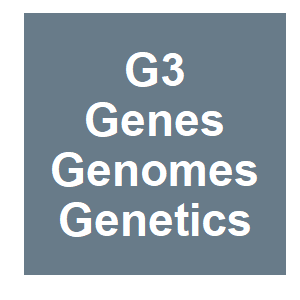Diverse wMel variants of Wolbachia pipientis differentially rescue fertility and cytological defects of the bag of marbles partial loss of function mutation in Drosophila melanogaster

|
J. E. Bubnell, P. Fernandez-Begne, C. K. S. Ulbing and C. F. Aquadro,
G3 Genes|Genomes|Genetics,
2021.

In Drosophila melanogaster, the maternally inherited endosymbiont Wolbachia pipientis interacts with germline stem cell genes during oogenesis. One such gene, bag of marbles (bam) is the key switch for differentiation and also shows signals of adaptive evolution for protein diversification. These observations have led us to hypothesize that W. pipientis could be driving the adaptive evolution of bam for control of oogenesis. To test this hypothesis, we must understand the specificity of the genetic interaction between bam and W. pipientis. Previously, we documented that the W. pipientis variant, wMel, rescued the fertility of the bamBW hypomorphic mutant as a transheterozygote over a bam null. However, bamBW was generated more than 20 years ago in an uncontrolled genetic background and maintained over a balancer chromosome. Consequently, the chromosome carrying bamBW accumulated mutations that have prevented controlled experiments to further assess the interaction. Here, we used CRISPR/Cas9 to engineer the same single amino acid bam hypomorphic mutation (bamL255F) and a new bam null disruption mutation into the w1118 isogenic background. We assess the fertility of wildtype bam, bamL255F/bamnull hypomorphic, and bamL255F/bamL255F mutant females, each infected individually with 10 W. pipientis wMel variants representing three phylogenetic clades. Overall, we find that all of the W. pipientis variants tested here rescue bam hypomorphic fertility defects with wMelCS-like variants exhibiting the strongest rescue effects. In addition, these variants did not increase wildtype bam female fertility. Therefore, both bam and W. pipientis interact in genotype-specific ways to modulate female fertility, a critical fitness phenotype. More related to this: wMel Wolbachia genome remains stable after 7 years in Australian Aedes aegypti field populations Spread of a new parasitic B chromosome variant is facilitated by high gene flow
|



